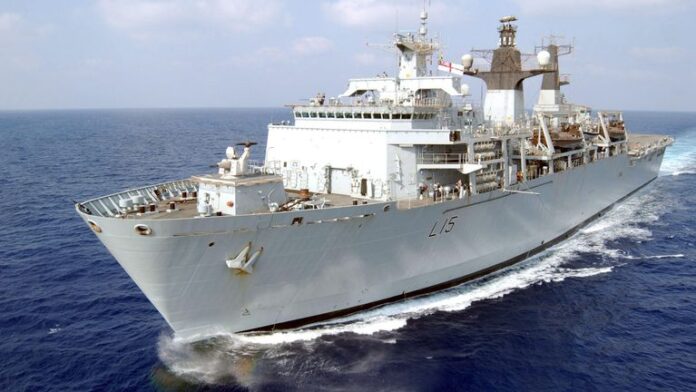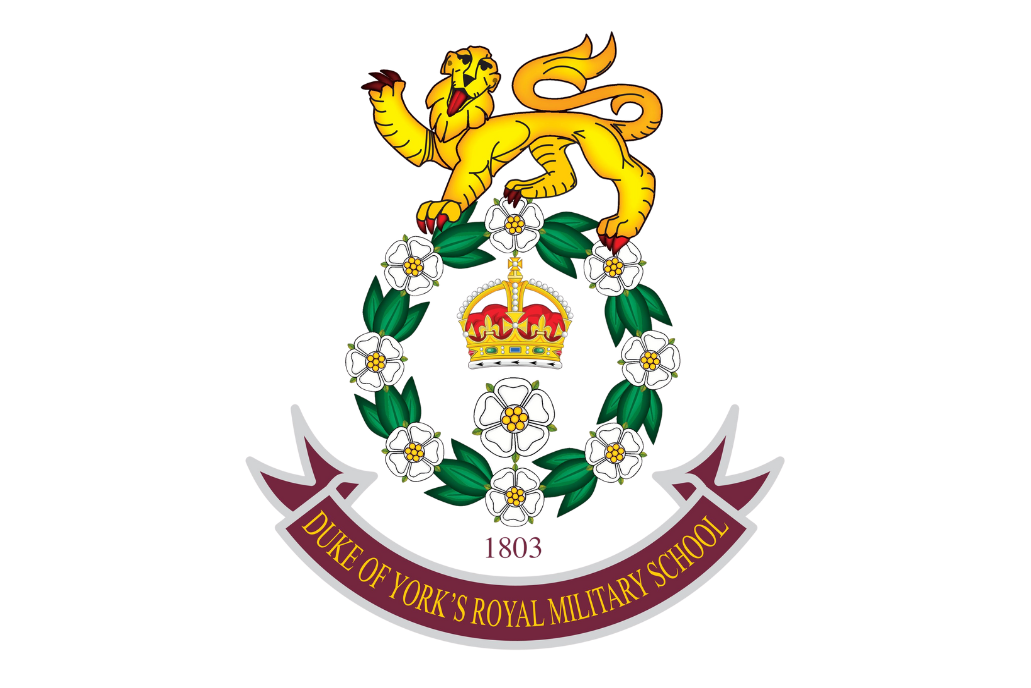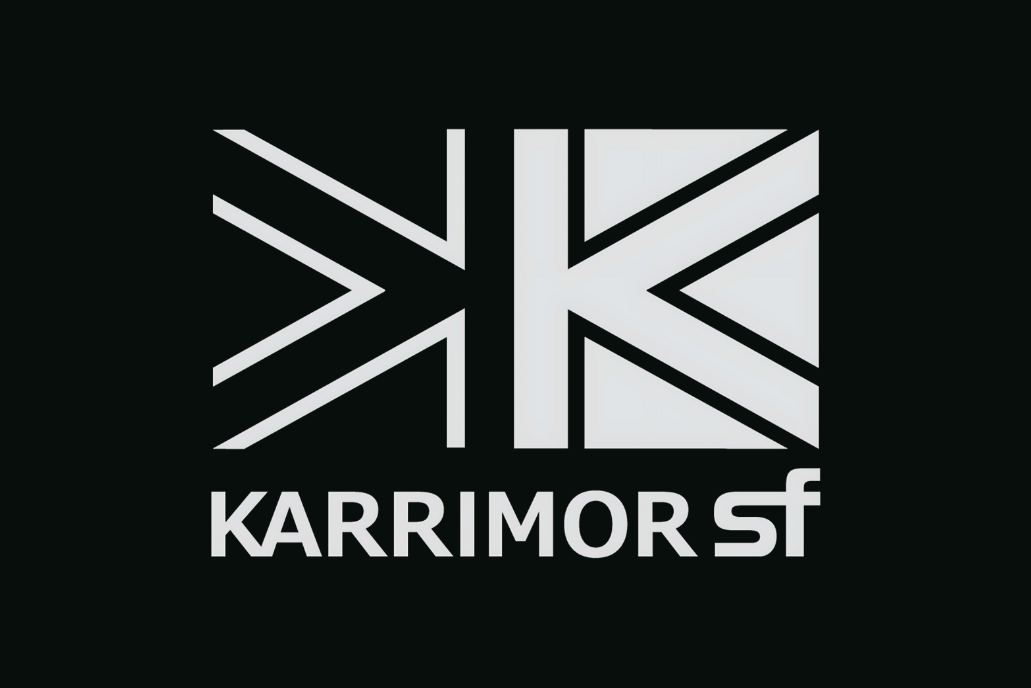Defence Secretary John Healey has announced that the UK will retire several key military assets, including warships, helicopters, and drones, in a cost-saving effort aimed at reshaping the armed forces. The move, which is projected to save up to £500 million over the next five years, comes amid growing international security challenges, including Russia’s ongoing war in Ukraine.
Healey framed the decision as part of a broader strategy to modernize the armed forces while addressing financial pressures. However, the cuts have sparked concerns about the UK’s military readiness during a period of heightened global instability.
Key Retirements and Their Implications
The list of assets to be retired includes:
Royal Navy:
-
- HMS Albion and HMS Bulwark, two amphibious assault ships crucial for launching land operations from the sea, will be retired nearly a decade early.
- HMS Northumberland, a Type 23 frigate already operating beyond its expected service life, will also be scrapped.
- Two Royal Fleet Auxiliary ships, RFA Wave Knight and RFA Wave Ruler, which support global naval operations, will be decommissioned.
Royal Air Force:
-
- 17 Puma helicopters and 14 of the oldest Chinook helicopters will be retired, reducing the RAF’s ability to conduct troop transport and logistical operations.
Drones:
-
- A fleet of 46 Watchkeeper drones, worth approximately £5 million each, will be taken out of service just six years after their introduction.
Rationale Behind the Cuts
The Ministry of Defence (MOD) argued that the assets being retired are outdated and increasingly costly to maintain. Healey stated that the focus would shift to “weapons systems most suited to modern warfare,” emphasizing resilience and readiness in an era of evolving threats.
He acknowledged the financial pressures on the defence budget and reiterated the government’s commitment to increasing defence spending to 2.5% of national income. However, no timeline was provided for achieving this target.
“We face increasing global threats: war in Europe, growing Russian aggression, conflict in the Middle East, and technology changing the nature of warfare,” Healey said. “Difficult decisions are required to ensure Britain is kept secure at home and strong abroad.”
Criticism and Concerns
Critics have raised concerns that retiring these assets, especially the amphibious assault ships and helicopters, could weaken the UK’s operational capabilities at a time when global tensions are escalating.
The decision to retire HMS Albion and HMS Bulwark has been particularly controversial, as these ships are essential for the Royal Marines’ ability to launch amphibious operations.
Moreover, the retirement of Watchkeeper drones, which are relatively new, has sparked questions about the MOD’s procurement and cost-management practices.
Some analysts have pointed out that Russia’s use of older military equipment in Ukraine highlights the utility of even outdated assets during prolonged conflicts.
Future Outlook
The cuts are part of a broader effort to restructure the armed forces, with a comprehensive defence review set to be published in the spring. This review is expected to recommend further changes across the Army, Royal Navy, and Royal Air Force, focusing on modernizing capabilities and reallocating resources.
While the MOD argues that the changes are necessary to align with future threats, the decision underscores the ongoing tension between financial constraints and maintaining a robust defence posture.
As global security challenges persist, the UK will face the challenge of balancing modernization with maintaining sufficient capacity to respond to immediate threats.
















